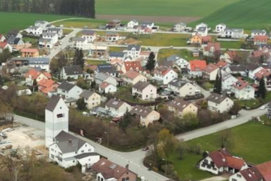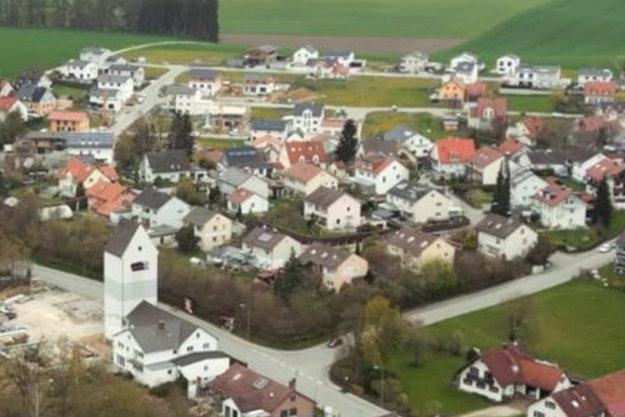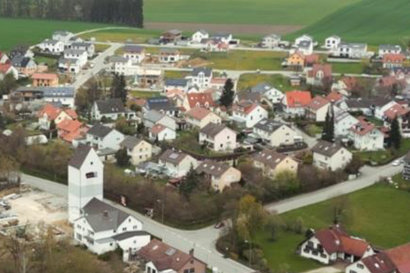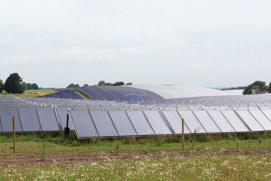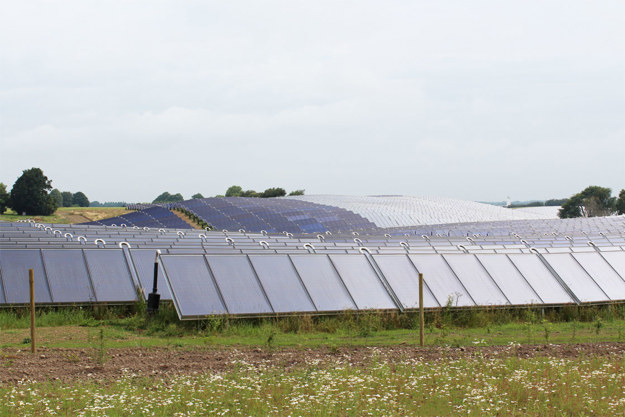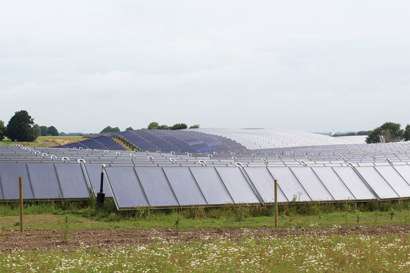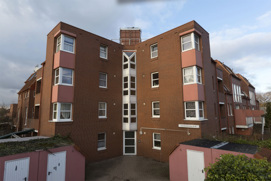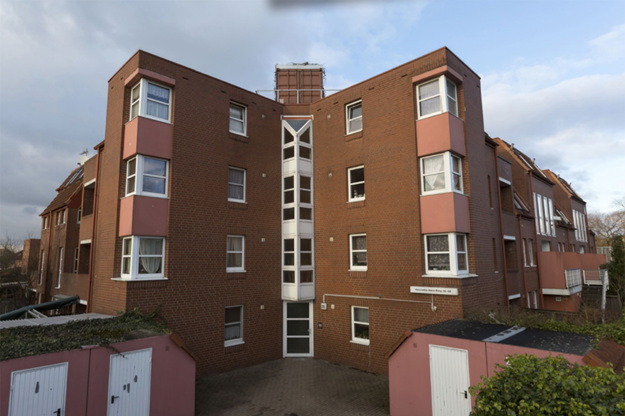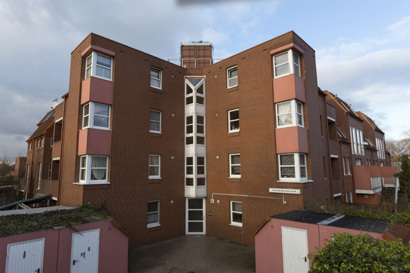An indirect substation is used when district heating network conditions, such as pressure and temperature, do not allow direct connection. When a substation is connected indirectly, a heat exchanger provides energy-efficient heat transfer. It also ensures that the primary network supply side and the secondary building installation side remain safely separated.
In this way, the building application works regardless of pressure or temperature variations in the district heating network (hydronic balancing) and is safe from pipe breaks or leaks.
Danfoss indirect substations are self-contained units that are generally wall-mounted. They can support single or multiple heating circuits, with or without domestic hot water production on the primary or secondary side.
These advanced solutions are also available with an electronic controller for weather compensation. This ensures easy and energy-efficient operation while simultaneously allowing central monitoring and energy consumption transparency.
Features and benefits
Advanced solutions available also with an electronic controller for weather compensation
Indirect substations with Micro Plate™ heat exchangers provide energy efficient heat transfer

Smaller, lighter, more efficient: Danfoss' compact substation DSA1 Mini
Learn how the station is installed, as well as tips and tricks for commissioning and maintenance.
Documents
Tools and apps
Case studies
-
if (isSmallPicture) {


 Successful transition from oil boilers to a local heating network in Eurasburg
Successful transition from oil boilers to a local heating network in EurasburgIn the Wittelsbacher Land near Augsburg the local network in Eurasburg supplies heat to 80 buildings using a wood chip heating system. Danfoss’ substations ensure efficient heating in all building types, and its modern SCADA solution enables remote system monitoring and management.
-
if (isSmallPicture) {


 Solar heating plant reduces CO2 emissions by 15,700 tonnes annually
Solar heating plant reduces CO2 emissions by 15,700 tonnes annuallyThe world’s largest solar heating plant in Silkeborg, Denmark harnesses energy to heat the homes and workplaces of 40,000 citizens. It supplies 18-20% of the annual heat consumption in the city of Silkeborg, Denmark, which has an ambitious target of CO2 neutrality in heat production by the year 2030.
-
if (isSmallPicture) {


 Flat stations in apartment building in Hamburg, Germany
Flat stations in apartment building in Hamburg, GermanyVisitors to Hamburg’s Henriette-Herz-Ring who let their gaze drift upward will discover two shipping containers on the roof of the apartment building. They are the visible result of an innovative planning initiative to replace inefficient gas boilers with Danfoss flat stations. The highlight of this renovation: residents did not have to vacate their apartments.



